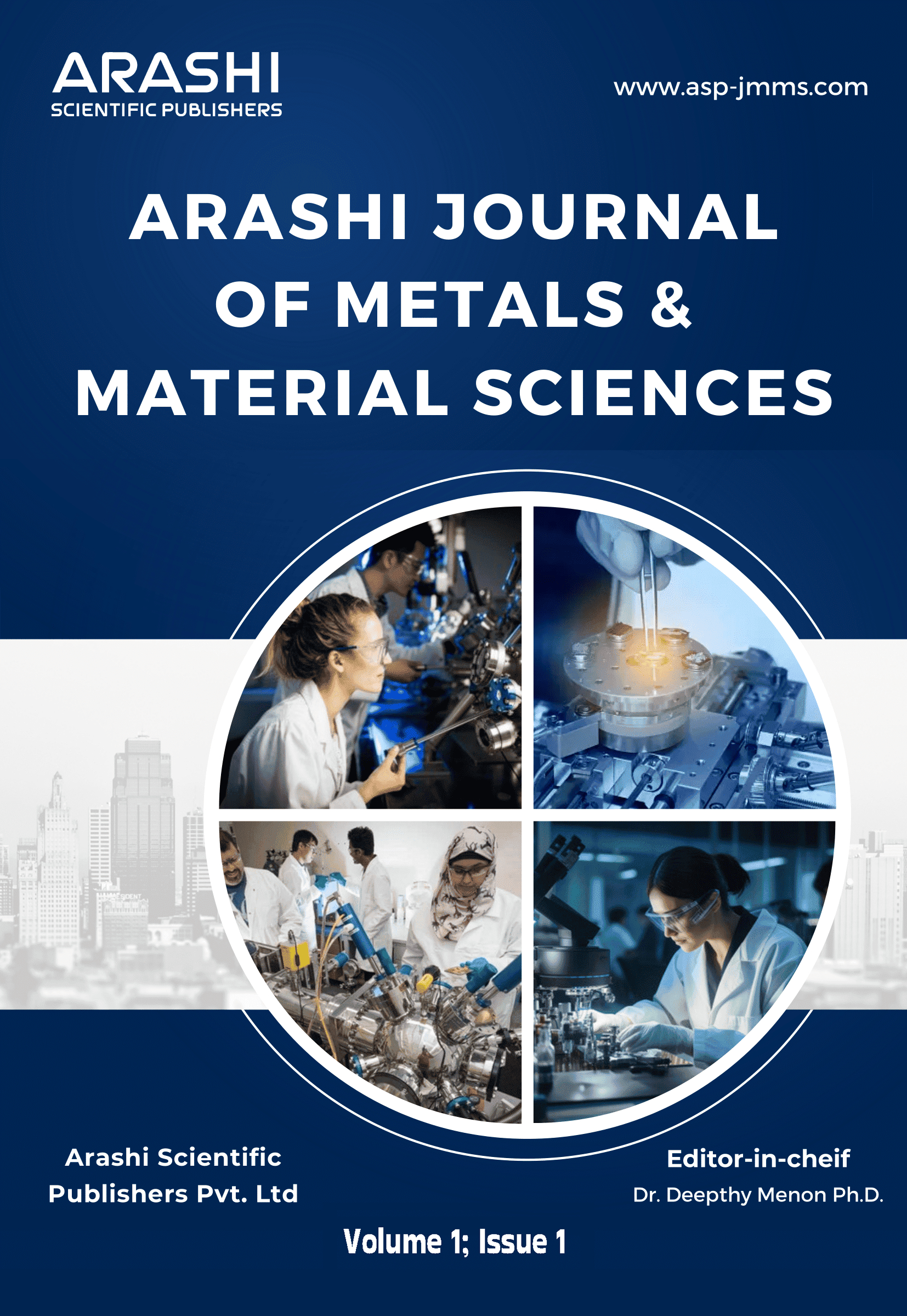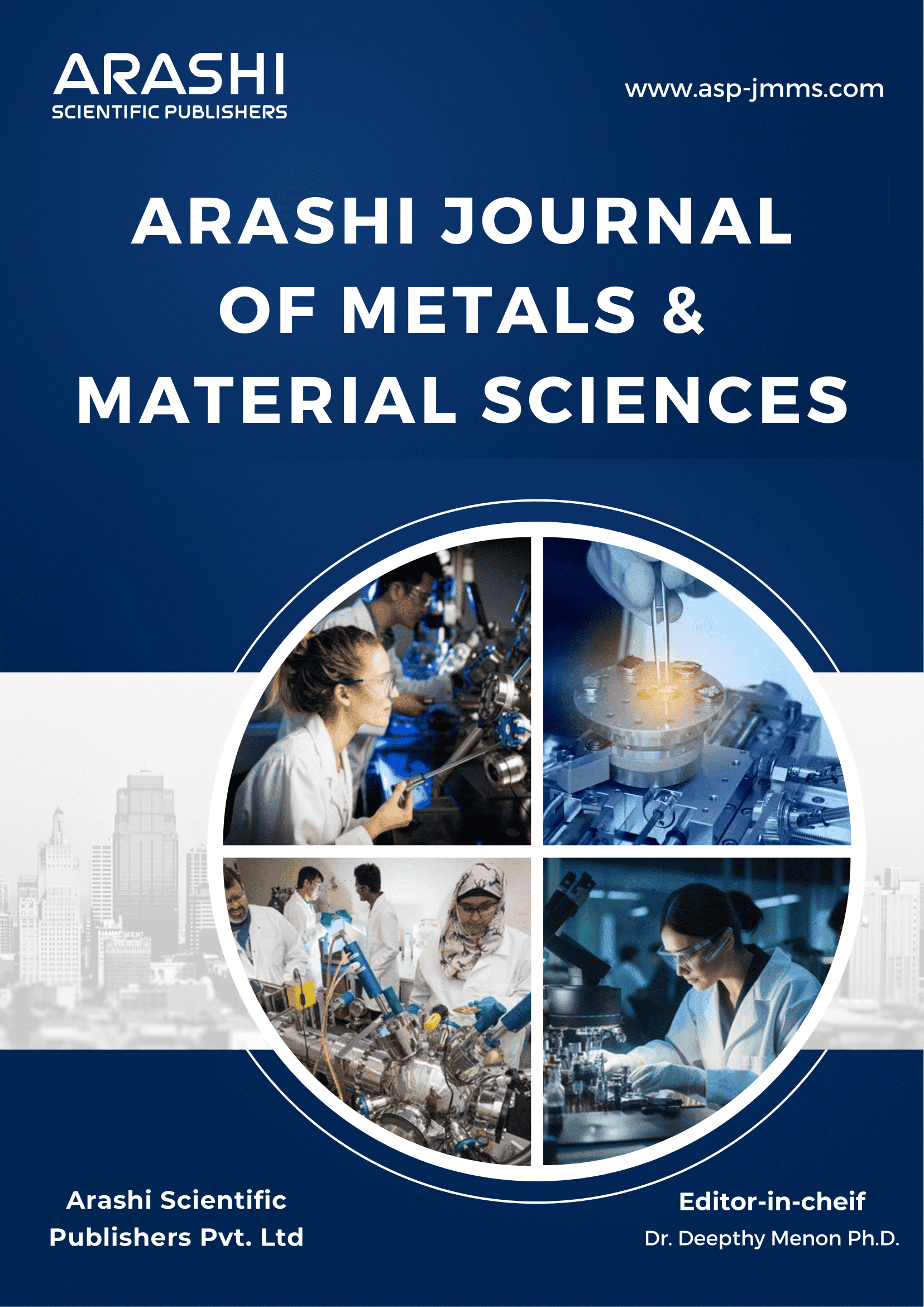Polycaprolactone nanoformulated photosensitizer for photodynamic therapy
DOI:
https://doi.org/10.54646/jmms.2024.0007
சுருக்கம்:
பல மருந்துகளுக்கு எதிர்ப்புத் திறன் (MDR) கொண்ட பாக்டீரியாக்கள் மிக ஆபத்தானவை. இவை பல்வேறு நோய்களை ஏற்படுத்த முடியும், சில நேரங்களில் மரணத்திற்கும் காரணமாக அமையும். MDR-ஐ கட்டுப்படுத்த பல சிகிச்சை முறைகள் இருந்தாலும், இந்த பாக்டீரியாக்களின் வேகமான வளர்ச்சி மனிதர்களுக்கு பெரும் சுகாதார ஆபத்தை ஏற்படுத்துகிறது. போட்டோடைனாமிக் தெரபி (PDT) என்பது ஒரு சிகிச்சை முறையாகும். இதில் போட்டோசென்சடைசர் ஒர் குறிப்பிட்ட அலைநீளத்தில் ஒளி படும்போது தூண்டப்பட்டு, ரியாக்டிவ் ஆக்ஸிஜன் ஸ்பீசிஸ் (ROS) உருவாக்குகிறது. இந்த முறையை தற்போது புற்றுநோய் மற்றும் MDR பாக்டீரியாக்களை அழிக்க பயன்படுத்துகின்றனர். இந்த ஆய்வில், ரோடமைன் 6G என்ற போட்டோசென்சடைசர், பாலிகாப்ரோலாக்டோன் (PCL) மற்றும் பாலிவினைலமைன் (PVA) மேட்ரிக்ஸ்-ல் என்காப்ஸுலேஷன் செய்யப்பட்டு அதன் பண்புகள் ஆய்வு செய்யப்பட்டது. இதைச் சரிபார்ப்பதற்காக DLS, zeta potential, FTIR, SEM போன்ற கருவிகள் பயன்படுத்தப்பட்டன. மேலும், ஐயோடைடு முறையின் மூலம் போட்டோசென்சடைசர்-ன் குவாண்டம் யீல்டு கணக்கிடப்பட்டது. போட்டோசென்சடைசர்-ன் பாக்டீரியா அழிக்கும் திறன் (PDT முறையில்) E. coli மீது பரிசோதிக்கப்பட்டது. முடிவில், போட்டோசென்சடைசர் வெற்றிகரமாக PCL-PVA மேட்ரிக்ஸ்-ல் என்காப்ஸுலேஷன் செய்யப்பட்டதாகவும், அதன் குவாண்டம் யீல்டு அதிகரித்ததாகவும் கண்டறியப்பட்டது. மேலும், 4 மணி நேர ஒளிச்சிகிச்சையின் பின்னர், 75% E. coli அழிப்பு ஏற்பட்டது. இந்த புதிய போட்டோசென்சடைசர், அதிக அளவு ROS உருவாக்கி MDR-யை எதிர்த்துப் போராட உதவக்கூடும். எதிர்காலத்தில், MDR-யை அழிக்க இது ஒரு புதிய சிகிச்சை முறையாக பயன்படலாம்.
Abstract:
Multidrug-resistant bacteria are the most vindictive microorganisms that can cause different disease manifestations, even leading to death. Despite many treatment strategies being present for combating multi drug resistance (MDR), the extensive proliferation of these bacteria is causing serious health threats for humans. Photodynamic therapy (PDT) is a treatment method in which a photosensitizer (PS) is excited to produce localized reactive oxygen species (ROS) after irradiation with light of a particular wavelength. This is nowadays used for the treatment of cancer as well as MDR killing. In this work, the PS, Rhodamine 6 G (R6G), was encapsulated in polycaprolactone (PCL) and polyvinylamine (PVA) matrix, and its characterization was done using different photophysical tools like DLS, zeta potential, FTIR, and scanning electron microscopy imaging. Further, the quantum yield of the engineered PS was calculated using the iodide method, and the quantum yield was estimated. Finally, the PS-induced killing of bacteria, E. coli, was assessed using PDT. The results indicated that the PS was successfully encapsulated in the PCL-PVA matrix, and the quantum yield was significantly enhanced. The encapsulated PS could also effectively inhibit the growth of E. coli and with 4 h irradiation time, a 75% bacterial cell killing was observed. The capacity of the encapsulated photosensitizer to produce ROS with high quantum yield has been demonstrated extensively. In the future, this novel photosensitizer may be used to kill MDR.
-Photoroom.png)

